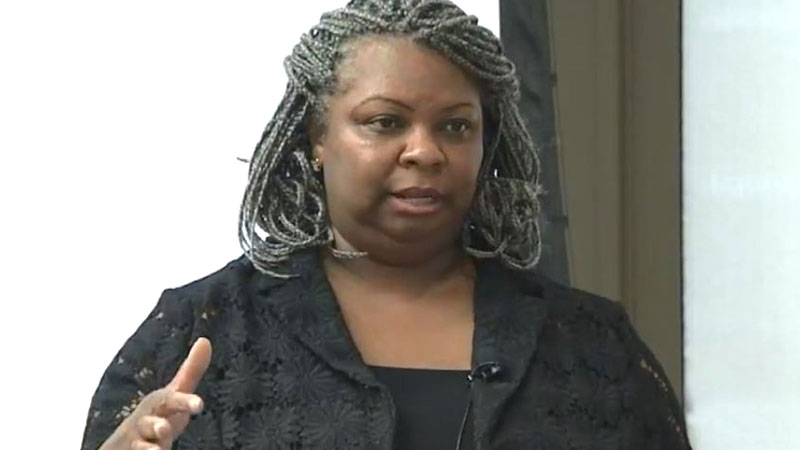
Beyond Financial Aid is a guidebook of best practices for assisting low-income students that highlights the good work that has been underway at some colleges and universities for years, but that hasn’t necessarily been implemented at scale.
Few issues concern students, parents, and policymakers as much as college affordability. We’ve seen countless news stories about students struggling to pay tuition and fees while straining to balance work, family, and financial obligations.
We’ve also seen colleges and universities trying to help—from programs to reduce the cost of textbooks to small grants to help close the financial gaps derailing students near the end of their education. And there are statewide programs to help adults continue learning.
But affordability is about more than paying for textbooks, tuition and fees. It’s about reliable access to adequate food, housing, transportation, health care, and childcare. And while schools are developing programs to tackle these issues, we’re not using all the tools we could be to improve the success of low-income students, who make up more than a third of today’s college students.
For most low-income students the impact of unmet financial need begins at home and ripples into the classroom—an unacceptable distraction from learning. Worse yet, many students are unaware of the supports available on campus and in their communities. So, underprepared and overextended, many enroll part-time, enroll inconsistently, disengage from school, and in many cases, drop out altogether. The result: Only 11 percent of students living below the poverty level graduate within six years.
Helping them requires something different, an expanded concept of supports for low-income students that extends beyond traditional grants, scholarships, and student loans. We need a broader, more comprehensive strategy that addresses the disparities facing low-income students—a resource that offers services that strengthen financial stability and help more people graduate.
Beyond Financial Aid can be that resource. It’s a guidebook of best practices for assisting low-income students that highlights good work that has been underway at some colleges and universities for years, but that hasn’t necessarily been implemented at scale.
This is a resource that can help postsecondary institutions and systems, states, communities, associations, and other organizations across the country work better. It offers leaders concrete strategies they can use in two ways: first, to determine how, and how well, their institutions are serving low-income students; and then to devise and implement plans to improve, expand and better coordinate services for greater impact and more positive results. In addition to the five core strategies, Beyond Financial Aid contains a wealth of resources including:
- An Institutional Self-Assessment Guide to help explore how low-income students’ concerns are being addressed.
- An Implementation Guide to identify key approaches for collaborating across campus, gathering information, and planning for action.
- Comprehensive information about the challenges facing today’s low-income students.
- Rich campus-based examples for serving low-income students.
Beyond Financial Aid can help leaders working to increase the retention and completion of students who face the highest barriers to success, and who must succeed if we are to meet our nation’s needs for talent.
The response to this work has been encouraging, and we hope you’ll give it a look. Please go to our site and access the report. We’re eager to know your thoughts, suggestions—and especially, how you’re using the tool to make a difference for your own students.
MORE: See videos from the Beyond Financial Aid Release Event.
